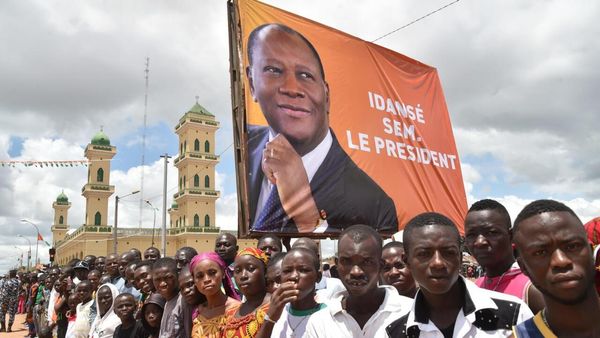The Federal Reserve's primary inflation rate showed that core price pressures cooled a bit in May as consumption faded. Supercore inflation, or core services excluding housing, also moderated. The S&P 500 rallied after the report, though it will likely keep the Fed on track for a rate hike on July 26.
Core Inflation Rate
The personal consumption expenditures, or PCE, price index rose 0.1% in May. That dropped the annual inflation rate to 3.8%, matching expectations and down from 4.4% in April. That's the lowest since April 2021.
Typically, Federal Reserve decision-making puts more weight on core inflation, which strips out volatile food and energy prices. Core prices rose 0.3% in May, while the core 12-month inflation rate came in at 4.6% vs. the 4.7% expected.
Stock Market Forecast For Next 6 Months: Beyond Inflation, Experts Are Watching These Risks
Wall Street economists expected a 0.1% monthly increase for the overall PCE price index and 0.4% rise in core prices.
Fed Focus: Supercore Services Inflation
Starting late last year, Federal Reserve chair Powell shifted the inflation focus to core PCE services excluding housing, or supercore services. That's in keeping with the Fed's view that the tight labor market and elevated wage growth are at the root of stubbornly high inflation. Wages make up a high percentage of costs for service businesses. Therefore, supercore services inflation should ease as wage pressures moderate.
May PCE data for for these services, such as health care, haircuts and hospitality, had shown prices rising just 0.2% on the month. The 12-month inflation rate eased to 4.5% from 4.6%. But the recent trend is even better. Over the past three months, supercore services inflation has run at a 3.9% annualized pace, the slowest since last September.
Personal Income And Spending
Personal income rose 0.4% on the month, matching forecasts. Personal consumption expenditures rose just 0.1%, below 0.2% expectations. Adjusted for inflation, consumer spending was unchanged in May. That follows a strong 0.6% gain in April, revised down from 0.8%.
However, on a real basis, spending has been flat in three of the past four months.
Federal Reserve Rate Hike Odds
Ahead of the PCE inflation report, markets were pricing in 89% odds of a quarter-point rate hike at the June 25-26 Federal Reserve meeting. That slipped to 87% after the inflation data. Markets now see 21% odds of an extra quarter-point hike in September, down from 27% on Thursday.
S&P 500
The S&P 500 climbed 1% in Friday stock market action, hitting the highest level since April 2022.
The S&P 500 and broader market have been digesting gains from a sizzling rally that began as banking fears peaked in mid-March. Economic data could determine where the rally — and Fed policy — go next, and today's data is encouraging.
Evidence of economic strength helped push the 10-year Treasury yield to 3.86% early Friday, the highest since March 10, before the bank crisis escalated. However, the 10-year yield eased to 3.82% after the PCE data.
Be sure to read IBD's daily afternoon The Big Picture column to stay in sync with the market's underlying trend and what it means for your trading decisions.







